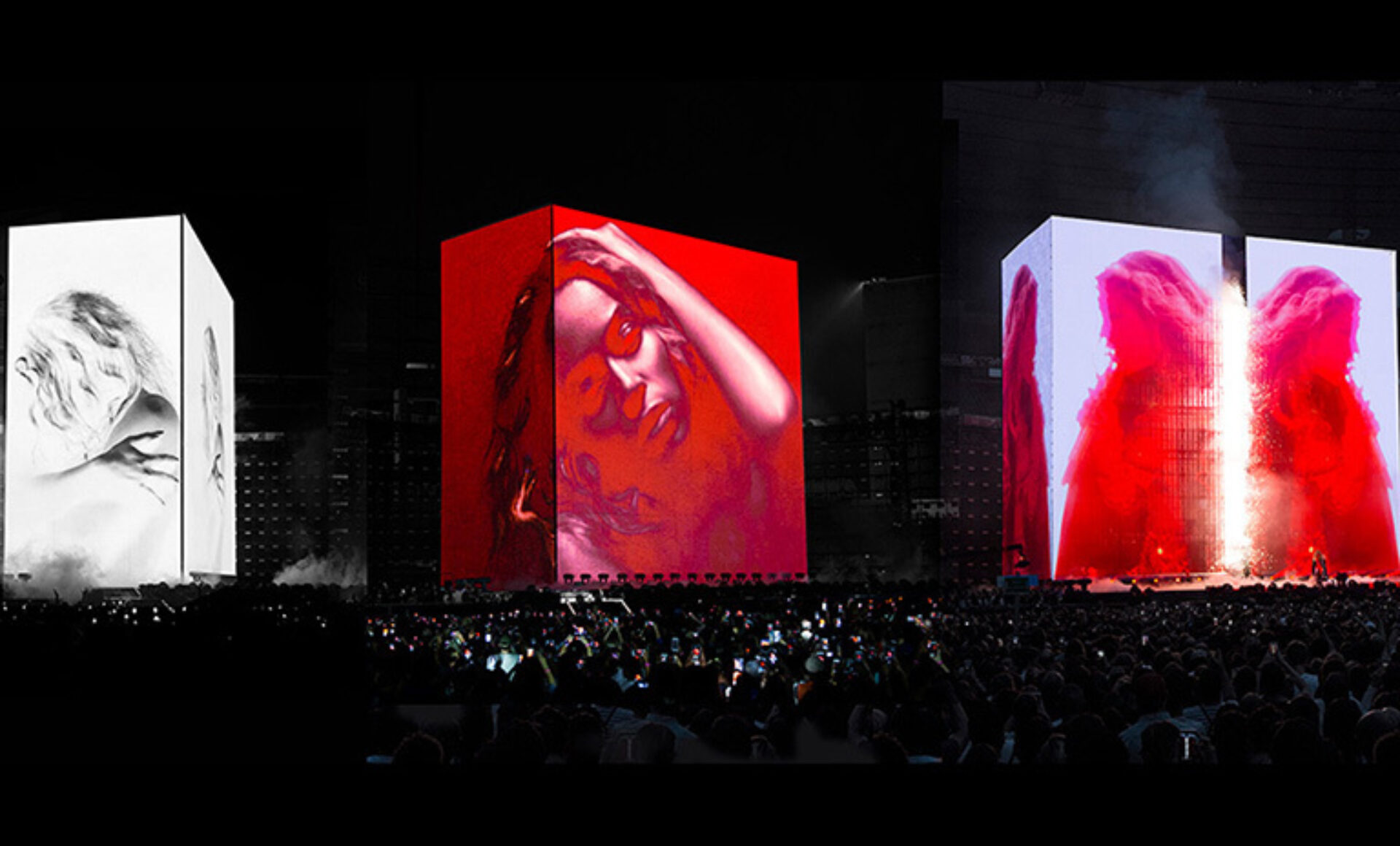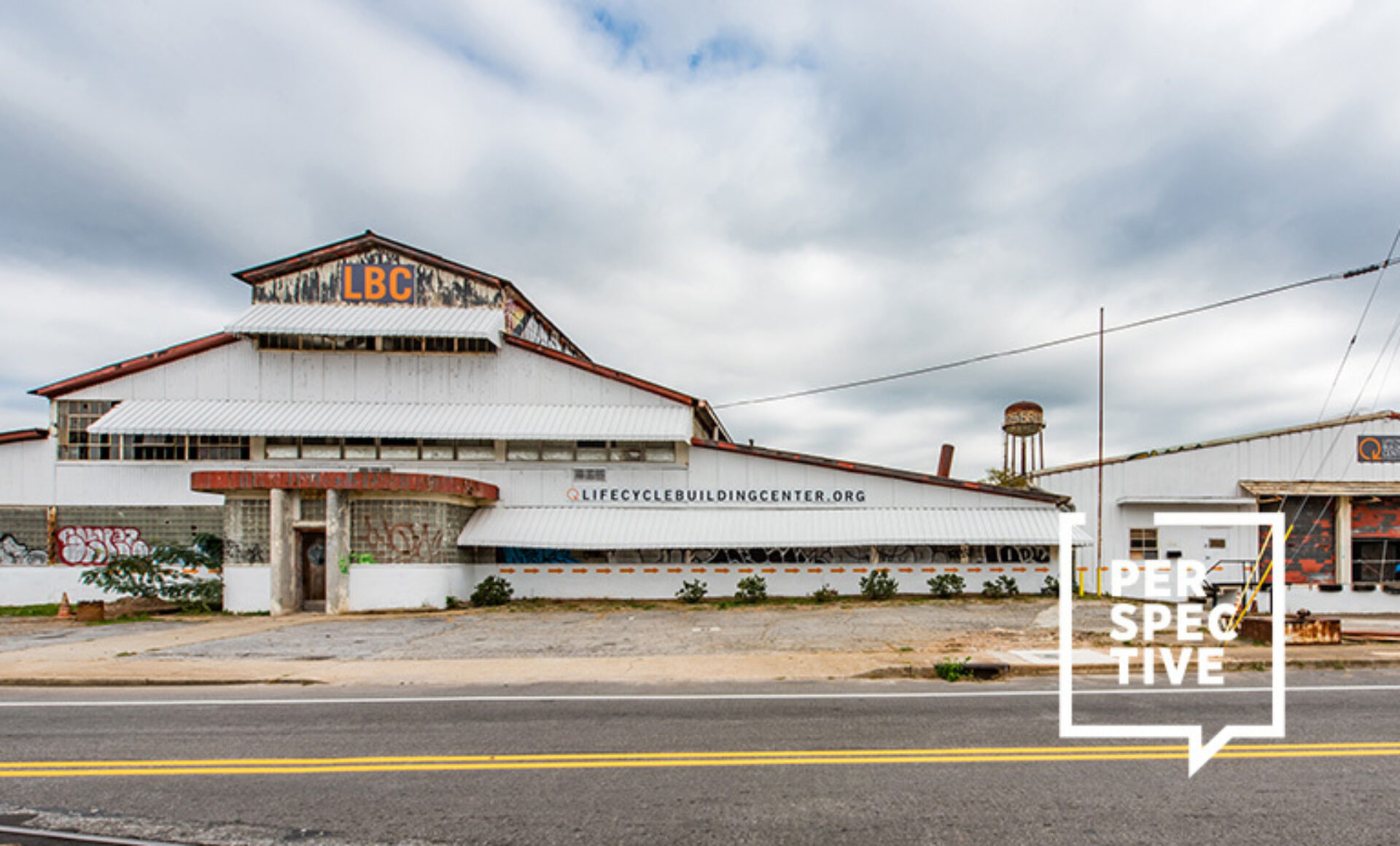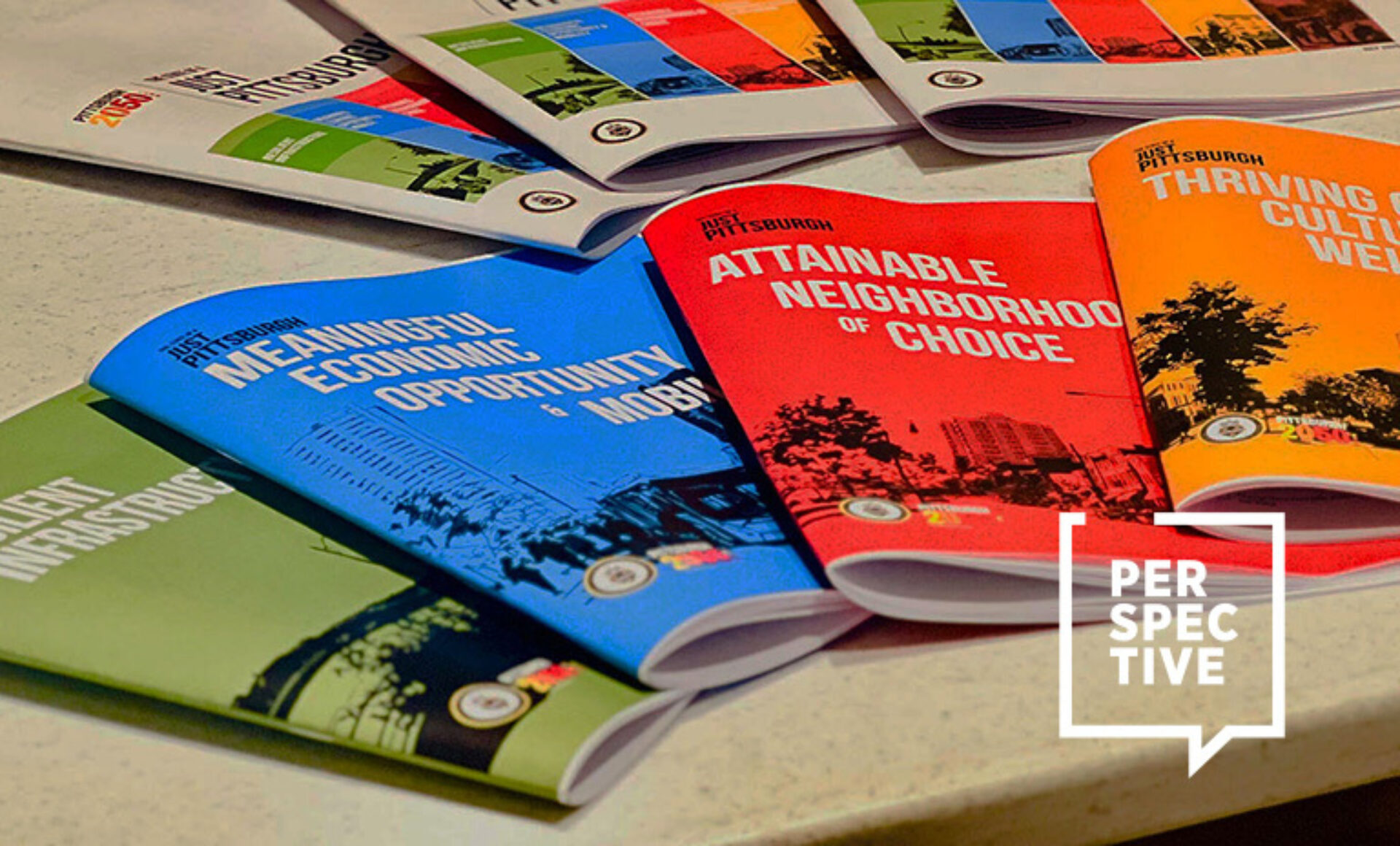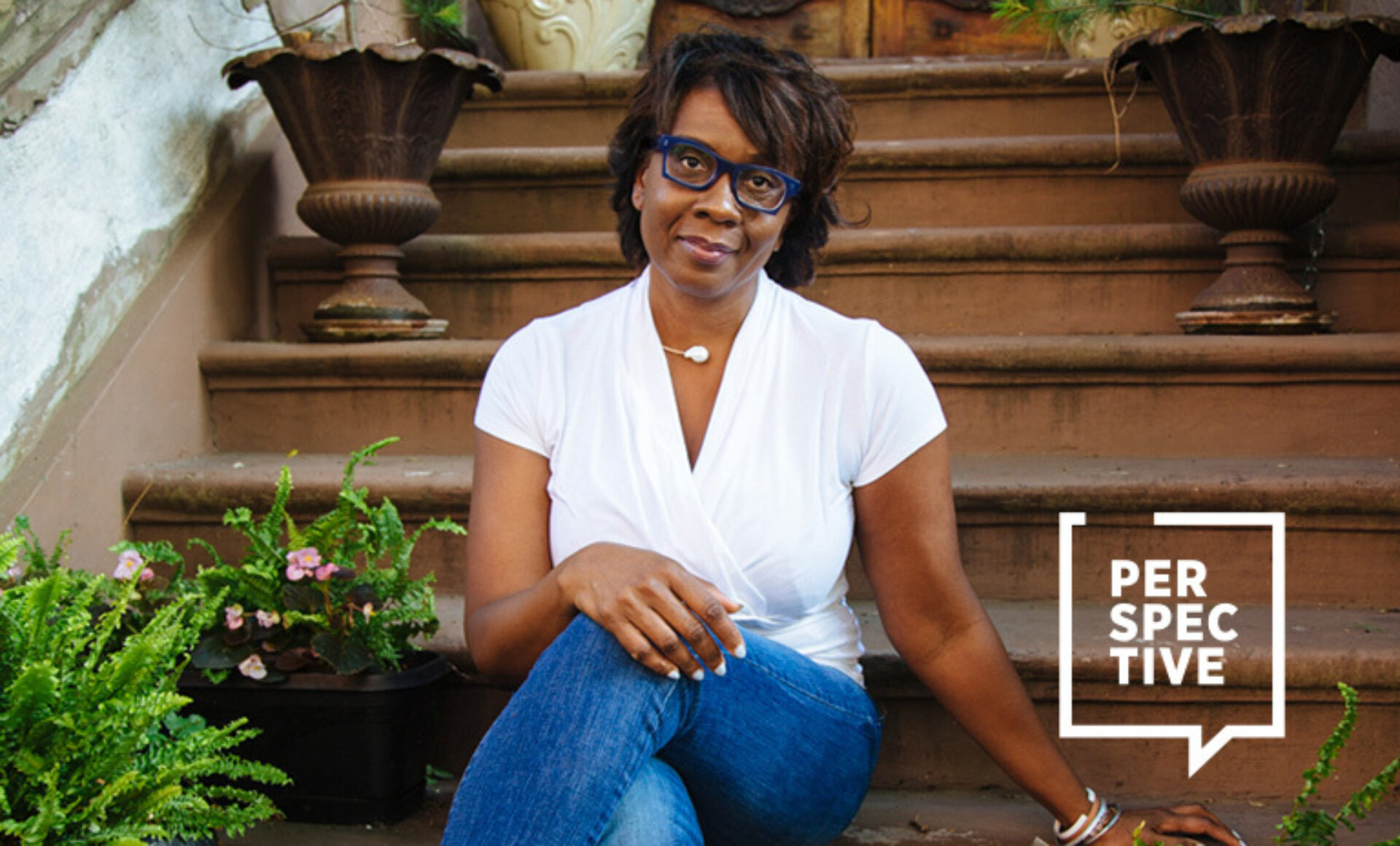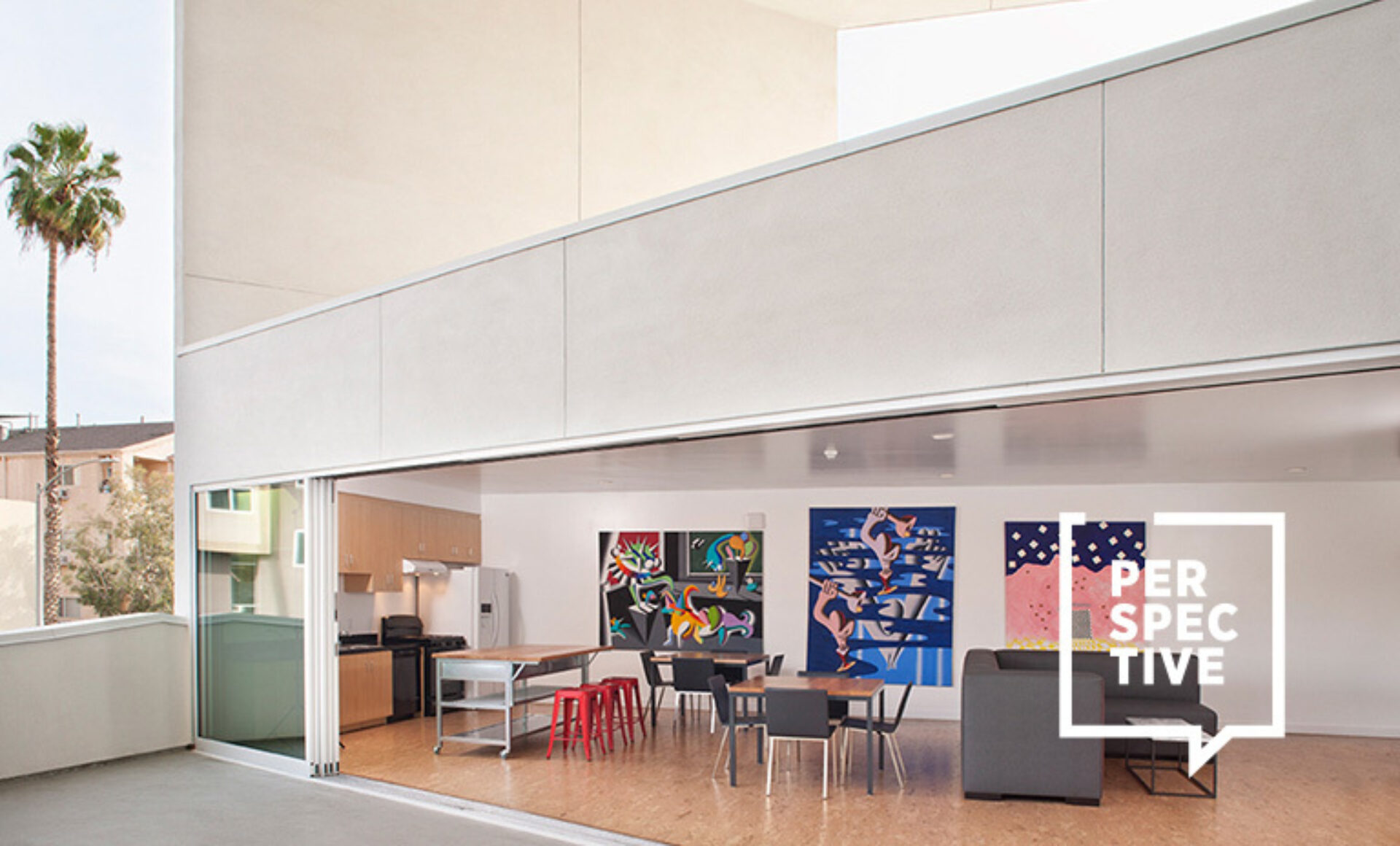Chicago-based designer, maker, educator, and all-around visionary creative, Norman Teague, understands the importance of community as the glue that holds us together. Focused on using design as an agent for change and as a mechanism to empower Black and brown communities, Teague’s innovative ideas extend beyond his work at Norman Teague Design Studios, to include blkHaUS, a socially focused design studio, and numerous consumer products, public sculpture, performances, and specially designed retail spaces. Teague worked with artist Theaster Gates on 12 Ballads for Huguenot House “dOCUMENTA (13)” in Kassel, Germany, in 2012, and has served as a lead craftsman and co-founder of the University of Chicago's Arts Incubator’s Design Apprenticeship Program.
For Teague, great design has the ability to deliver a personal touch, and the only way to do that is through a strong sense of purpose. He not only believes in design’s power and responsibility to support, connect, and transform the community—he also uses it as a pedagogical tool. Teaching his students at the University of Illinois at Chicago (UIC) he considers their abilities and approach to work, appreciates what they bring to the table, and allows them the space to grow.
We visit Teague at his studio in Chicago for a conversation about "How To" navigate your own path towards a fulfilling design career, his efforts to instigate greater inclusion of diverse narratives in the history of design, and the importance of creating opportunity in parts of the city that rarely get light.
Growing up on the south side of Chicago I have memories of vibrant neighborhoods. I also have memories of stuff being torn down. It was startling to watch the dismantling, but there’s nothing more precious than watching them come back—I like the idea of Chicago coming full circle. You know, Bronzeville is making a comeback, Englewood is making a comeback, and so are organizations that are doing the work—we all support one another.
With most of my world being on the South Side I know that I always have a community that I can lean on for answers—I had a great support system. That’s why I always feel like it's only right that I share the work that I do with the world. I like to think about the design community in terms of where I work and where my practice is done—those spaces become a bigger part of the conversation.

At Bronzeville Winery for example [a restaurant for which he designed custom seating and tables] it’s about going in and enjoying the space. But if you look closely, it's also about the things you sit on or the things that light the room. All of those together seem to have a communication that I physically can't have with a person, so these objects become conversation starters. I think that part becomes a pedagogical side of my practice.
To me, it's very important that I express design as a fun, productive outlet. You might have a shitty neighborhood or a shitty garage and you're in charge of making better use of it. Sometimes that garage becomes your studio—a lot of us get started out of our garage. So I think both that community aspect, as well as having a seat at the table—and actually sharing that table—become a big step for change.
(Below: Tables and chairs designed and built by Norman Teague and Titobi Studios for Bronzeville Winery. Photo by Daniel Kelleghan photography)

I’ve always liked the idea of having a design studio at a storefront level. Like when you go to a barber shop, it’s more than that—you have this social outlet. Why can’t this happen with a design studio? That’s what I want to see, a space where the people that pass by, are invited in, they hang out for a while. And I want this to be in a neighborhood. I hate to say it but the schools right now are not going into the neighborhoods reaching people where they need to be reached. I think they're hearing it but I also think there's work to be done. So what if that storefront became a satellite where these conversations start? Or where workshops take place? I love the idea of having that at a really easy to reach level. The Hyde Park Art Center in Chicago is a phenomenal example of that: it's easy to access and people come in and take classes, or enjoy an opening night—it’s the component of the neighborhood that makes it a safe space for everyone.
You have to meet people where they are—literally where they are—and you have to bring design to the people. Design has a history of being kind of elitist but it’s not always like that. At the university for example there are not enough students of color. So it’s our mission to bring design to the younger generation, like into the neighborhoods—that provides more accessibility, more opportunity. I didn’t have that growing up.


As a kid I went to UIC right out of high school. I only went to class one day. I was so intimidated I never went back until they asked me to work for them—it can be a traumatic situation. I then studied architecture at Harold Washington College. It was when computers were taking off so I learned AutoCAD and I left thinking interior architecture was going to be my thing. Then I went to Columbia College and loved the first year as it introduced me to the woodshop—when I got in there I was just like “Wow, now I can actually come up with my own design, and then I can actually go and make it. I don't need anybody else.” So I got my own studio before I graduated. I didn't quite get woodworking yet but I knew I could construct things, I knew I wanted to bend wood, and that I now had a place to try, and a place to fail—I think failure was the thing that kept me going! Then, I began doing shows—they are probably the best morale booster, you know? That’s how everything started.
Another thing that really motivates me is design history. Stories are key for me. There's a lack of people of color in the industry so I like sort of tapping into it as motivation. Think: iconic designers with a twist. For example there is an Alexander Girard mural piece featuring 15 series of vertical textiles in different colors, like a rainbow. I'm looking at doing something similar but with zigzags instead—referencing the African symbol that signifies the accomplishment of the impossible. I'm going to reconcile that with a series of African fabric wrapped around plywood and use it as a mural for an upcoming show I have at Highland Park Art Center.
(Below: Teague with an example of his rocking Front Side Sinmi Stool. Photo by Vasia Rigou)

To be able to do that, I first have to reimagine the past. What if if there were not a moment of slavery in our time? What if Black people were brought over to America not as slaves but rather as guests? Imagination allows me to think that if there was a level of quality we’d all be designing for a future together. Like I would do my Afrofuturism and Alexander Girard, a white man, would do his own thing. We wouldn’t be taking anything away from each other’s work; we’d be equal partners.
The same applies to my work today. I don't think of superheroes as always being at the forefront of the work that's being done. I think it's really important to be a good teammate and be able to lead and follow simultaneously—and do it equally. If we're doing anything right now, it is keeping an open door policy and setting up platforms to allow for the next generation to get a peek. There are really amazing young people that are doing really good stuff. My advice to the younger generations? Dream big, and then find your own path towards achieving that dream. Lord knows this little Black boy did not think he was going to be where he is today.

